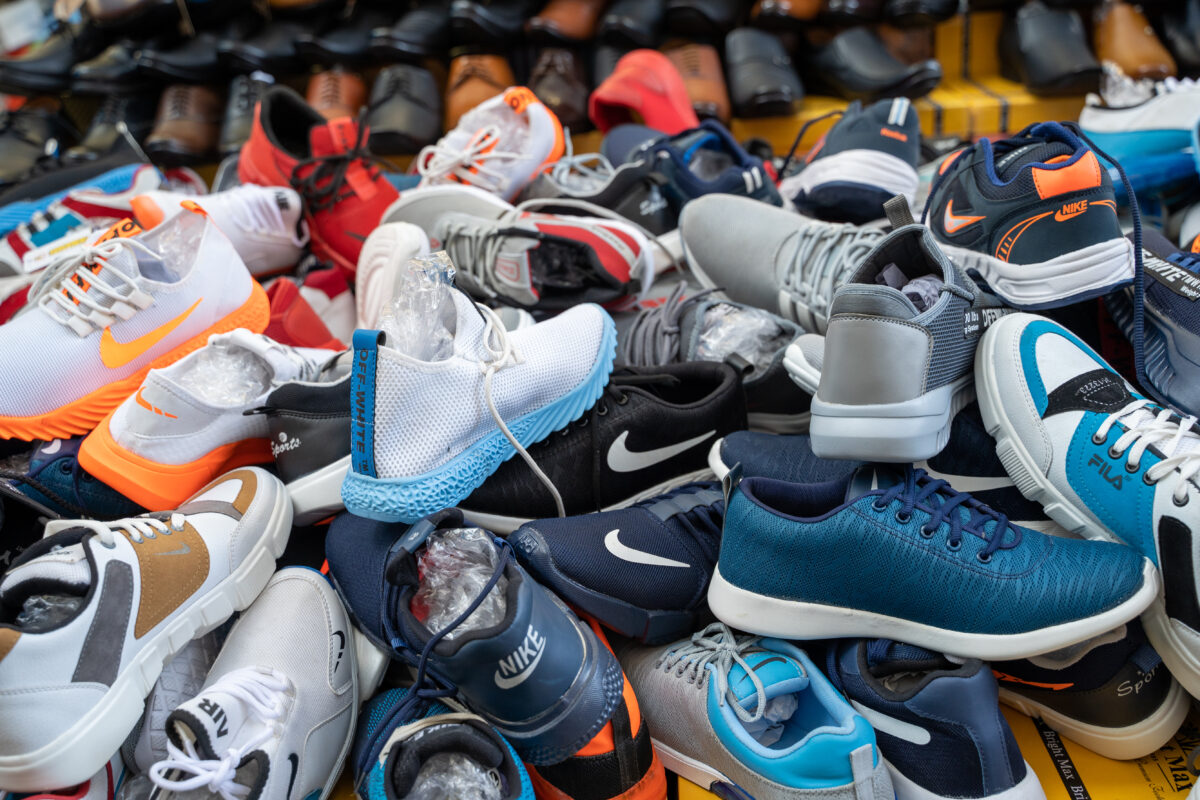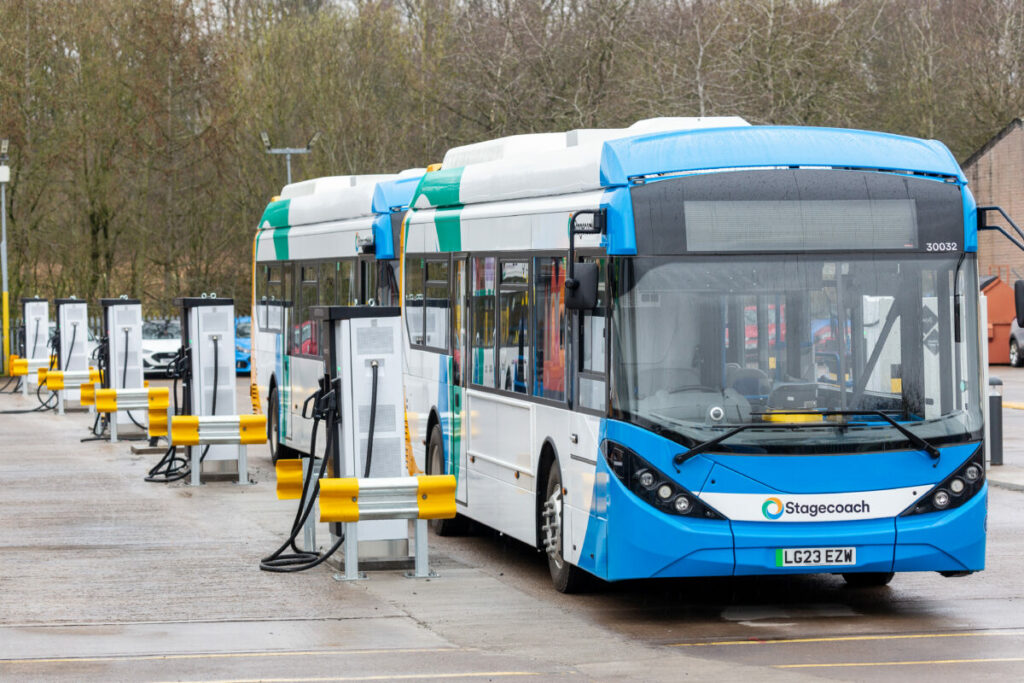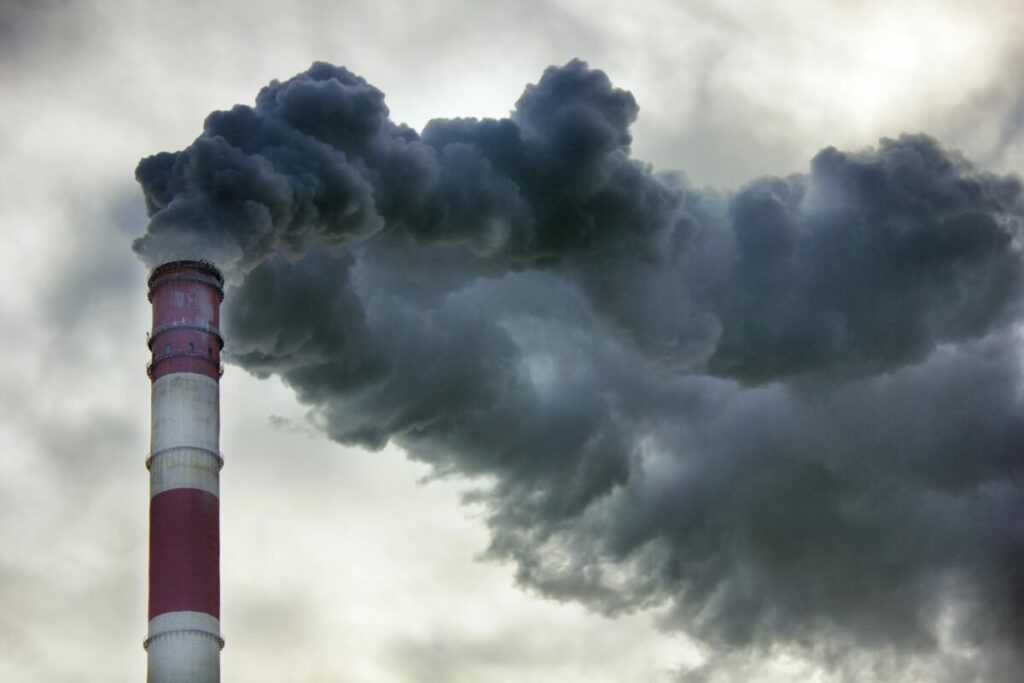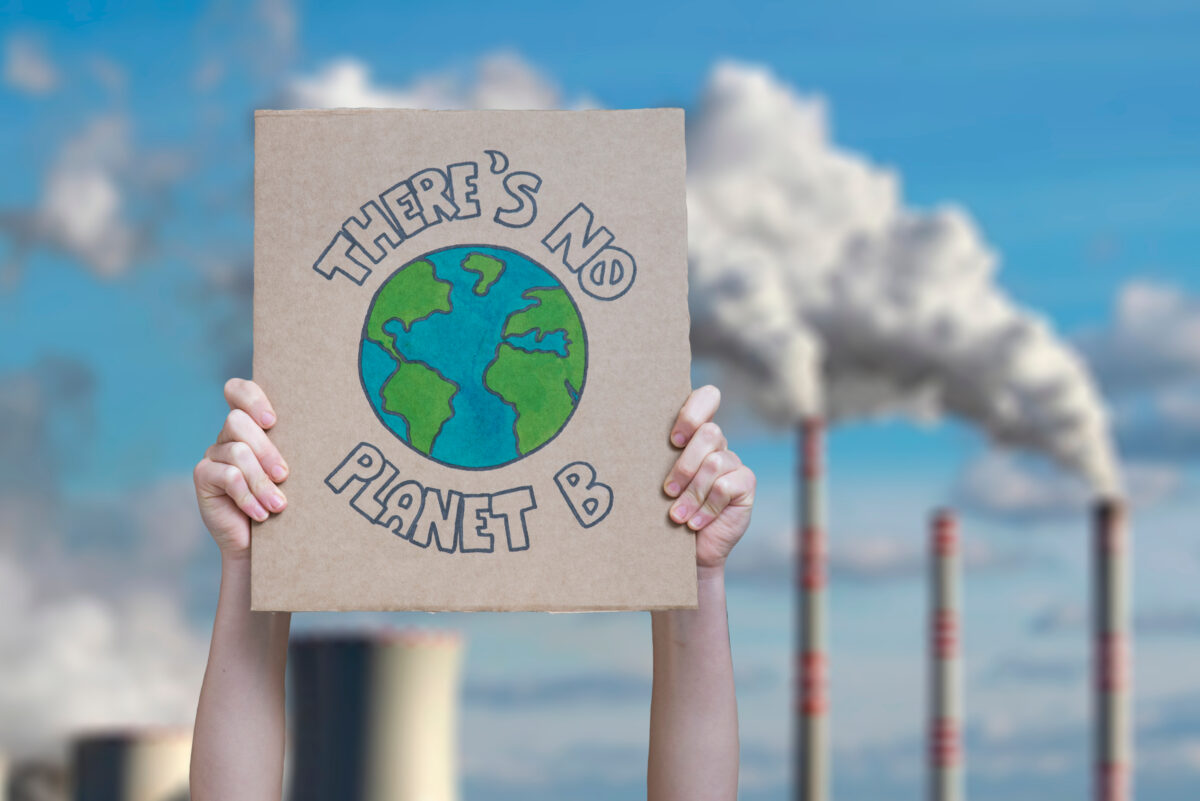Nike and Target are among a list of 280 retailers who have joined a global multi-stakeholder alliance focusing on decarbonising fashion brands.
The alliance, set up by the Sustainable Apparel Coalition (SAC), aims to help manufacturers cut global C02 emissions by 45% by 2030, based on its 2010 guidelines. By 2050, the group will strive for net zero emissions.
“At our size and scale, we have a responsibility to drive impact. With a challenge like climate change, we know we can’t do it alone. Nike’s SCAP was designed to help suppliers take a leadership role in addressing their climate risk,” said Nike chief sustainability officer Noel Kinder.
“Working with SAC and Target to develop the MCAP programme is the next step in scaling the impact across the supply chain and the industry.”
Subscribe to Sustainability Beat for free
Sign up here to get the latest sustainability news sent straight to your inbox everyday
World Resource Institute vice president for governance and development Liz Crook said: “Supply chain emissions amount, on average, to more than 70% of a company’s greenhouse gas (GHG emissions).”
“To set and achieve, ambitious emissions reduction targets across the value chain, companies need to support their suppliers”.
She added that Nike and Target “set out to do this by helping suppliers build their capacity to mitigate and become more resilient to climate change.”
“Beyond MCAP, WRI is pleased to partner with Nike to accelerate renewable energy solutions in strategic global markets – a key strategy for achieving these objectives. This work is crucial to scaling climate action globally”.
It comes as the fashion industry has faced criticism over its approach to sustainability.
Nike, as well as H&M and Primark, was among those who came under fire after a Changing Markets Foundation investigation found that more than 75% of the tracked returned items were either destroyed, dumped or downcycled, left in warehouses or exported to Africa, where up to half of used clothing is dumped or burnt.















